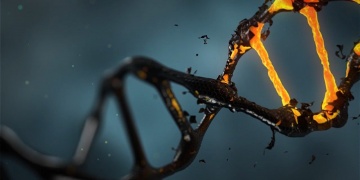
Archaeologists, developed methods for the enrichment and analysis of nuclear DNA from sediments, and applied them to cave deposits in western Europe and southern Siberia dated to between approximately 200,000 and 50,000 years ago.
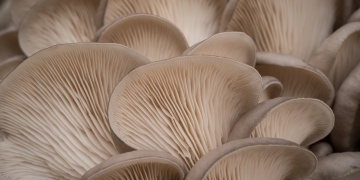
Mushrooms are older than thought
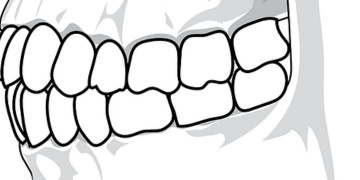
Isotopic and functional morphological analyses of early hominins are compatible with consumption of hard foods, such as mechanically-protected seeds, but dental microwear analyses are not. The protective shells surrounding seeds are thought to induce…

Research in ecology and biogeography often assumes that ecological communities are shaped primarily by recent drivers, such as current climate and human activity. Geographically divergent evolutionary and ecological legacies shape mammal…
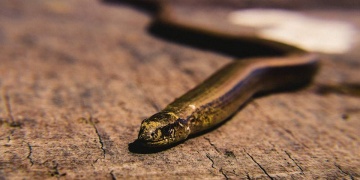
Paleontologists find fossilised remains of two new species of snakes found for the first time were discovered near the city of Serres in northern Greece.

Siamraptor is the best preserved carcharodontosaurian theropod in Southeast Asia, and it sheds new light on the early evolutionary history of Carcharodontosauria.
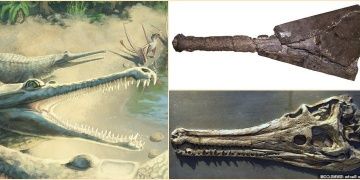
Skull of Mysterious Jurassic crocodile's fossil found in a Bavarian town in Germany in the 1770s. Researchers found fossil belonged to crocodile which lived in tropical waters. Palaeontologists identified the animal by comparing German and UK fossils…

Dinosaur brains from baby to adult

A team of Peruvian and American scientists have uncovered the 18-million-year-old remains of the smallest fossil monkey ever found. The primate specimen is an unworn M1 of exceptionally small size (equivalent in size to the extant callitrichine,…
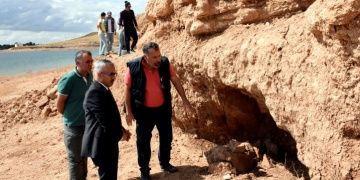
Nearly 2,000 fossils discovered in central Turkey. Fossils excavated in Kirsehir province belong to elephants, primates, giraffes, horses, rhinos, cats, monkeys
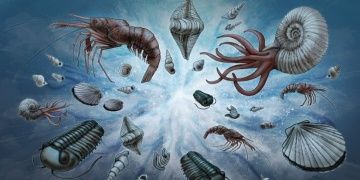
Nonequilibrium evolution of volatility in origination and extinction explains fat-tailed fluctuations in Phanerozoic biodiversity

The jawbone, discovered high on the Tibetan Plateau and dated to more than 160,000 years ago, is also the first Denisovan specimen found outside the Siberian cave in which the hominin was uncovered a decade ago.
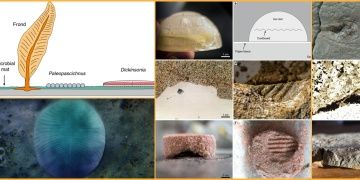
ANU scientists solve mystery shrouding oldest animal fossils. These soft-bodied creatures that lived 558 million years ago on the seafloor could, in principle, have had mouths and guts - organs that many palaeontologists argue emerged during the…
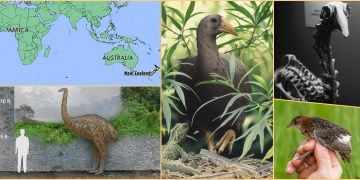
The ancestor of New Zealand’s most mysterious giant bird – the extinct adzebill – likely flew here from Madagascar, Africa, new research has revealed.
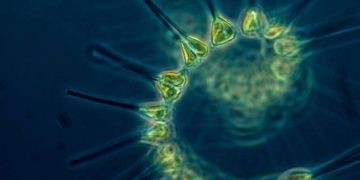
Evolutionary Transition in the Late Neogene Planktonic Foraminiferal Genus Truncorotalia... Evolution of planktonic foraminiferal anatomy across Miocene/Pliocene boundary.
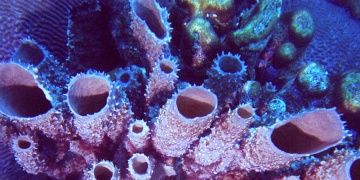
Demosponge steroid biomarker 26-methylstigmastane provides evidence for Neoproterozoic animals... The oldest clue of animal life, dating back at least 100 million years before the Cambrian period, when most major types of animals appear, has been…







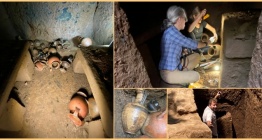


















 Vezirköprü Arkeoloji ve Kültürel Miras Çalıştayında ilçenin müze ihtiyacı belirtildi
Vezirköprü Arkeoloji ve Kültürel Miras Çalıştayında ilçenin müze ihtiyacı belirtildi  Şavşat’ın 150 Yıllık Geleneği: Berobana ile Birlik ve Bereket
Şavşat’ın 150 Yıllık Geleneği: Berobana ile Birlik ve Bereket 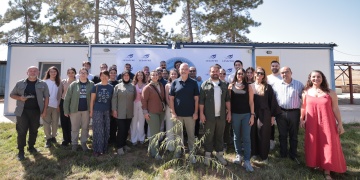 'Ekmek nerede biz oradayız' diyen Lesaffre Küllüoba arkeoloji kazılarına sponsor oldu
'Ekmek nerede biz oradayız' diyen Lesaffre Küllüoba arkeoloji kazılarına sponsor oldu 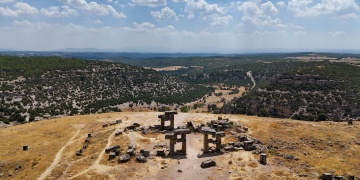 Blaundos Antik Kenti’nde, Fırın, Zeytin ve Metal İşlikleri Gün Yüzünde Çıkarılıyor
Blaundos Antik Kenti’nde, Fırın, Zeytin ve Metal İşlikleri Gün Yüzünde Çıkarılıyor 

